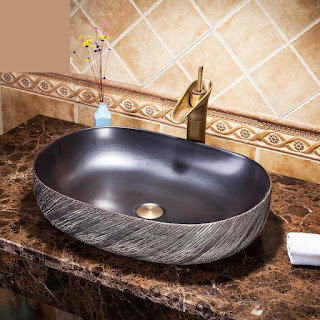5 Tips for Choosing the Right Lampshade
Sometimes it's interesting the things we overlook. Take lamps, for example. Since lampshades and lamp bases are often sold together, we usually don't give much thought to the shades. Which is odd, when you think about it because the lampshade will inevitably have as much impact on the room as the base. Lampshades are a valuable opportunity to add to the decorating story of your room through the size, shape and even the color or pattern of the shade. So if you're buying a new lampshade make sure you're getting the right one for the lamp and the room. Here are some things to consider:
The Room
Think about the color and style of the room the lamp will be in and decide whether you want it to stand out or blend in with the surroundings. Either way, they should complement each other.
The Light
How much light do you need and where should it be focused? Dark shades don't usually allow light to filter through while light shades do. If it's a reading lamp you'll want a fairly wide lampshade base so that you get plenty of light.
The Bulb
You need to make sure that the shade is big enough to allow a 2" to 3" space between the shade and the bulb (so that it doesn't burn). Also, make sure that the top of the shade is big enough that the heat can escape.
The Lamp Base
Decide if you want to call attention to the base or the shade. If the base is unique or bold use a more subdued lampshade. If the base is very plain and simple you might want to consider a shade with some decorative embellishments or color.
The Size
This is the tricky part. Some lamps call for shades of unusual sizes, but there are some general rules you can follow.
The bottom of the shade should just cover the lamp switch so be sure to measure the harp before buying. The harp will tell you the height from the base of the socket to the top of the shade. You can try using different sized harps while shopping.
Generally, the height of the shade should be about 3/4 the height of the base.
The bottom of the shade should be wider than the widest part of the base.
Keep in mind that these are guidelines only. Occasionally you'll come across a lamp that will call for an overscale shade or even a smaller-than-usual shade. Assess what will look best in your space and then choose the appropriate one. Trust your eye—if it looks funny don't buy it, but if it looks good even though it doesn't follow the rules, go for it.




Comments
Post a Comment